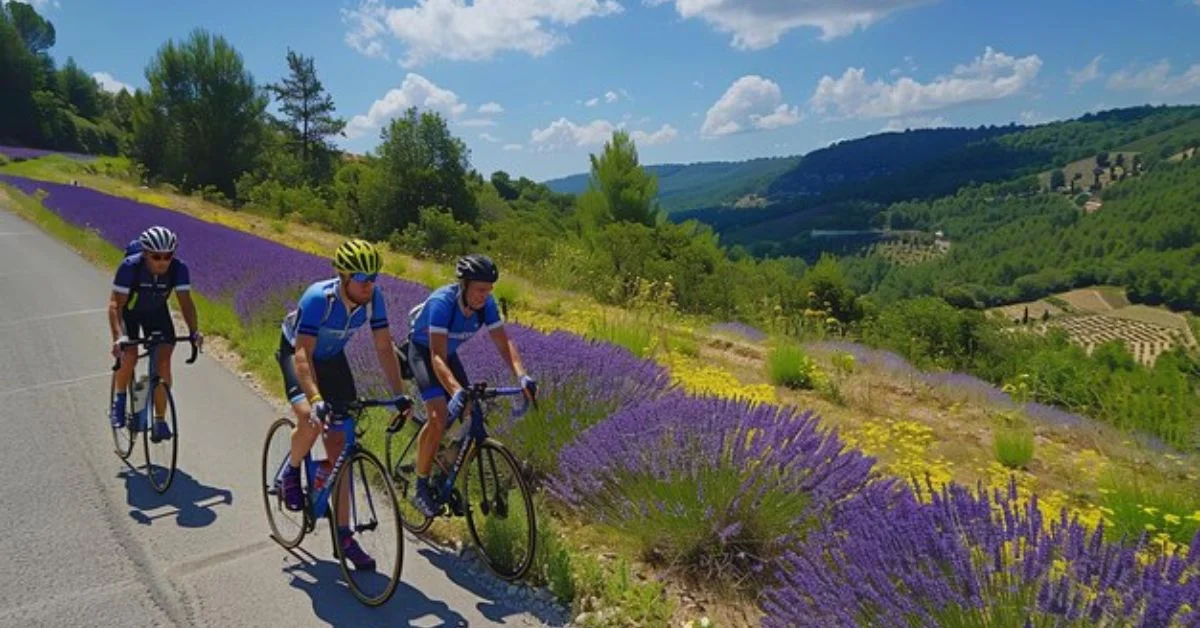Europe is a combination of landscapes combined with culture, and the many ways in which one may travel there, truly make it incomparable. From Italy’s idyllic biking routes to Switzerland’s intriguing rail journeys, each region in Europe has its own special something that keeps it different from any other part of the world. What follows is a look at what to expect, and how best to embrace the singularities of Europe with regard to traveling through the continent.
Overview of Europe’s Travel Diversity
From the richness of culture to the variability of landscapes, once-in-a-lifetime travel experiences are set in perfect scenery. Each country in Europe shares its version of hospitality-often molded by millennia-old traditions, distinct dialects, and vivid landscapes.
Setting Expectations of Regional Travel
One of the beauties of travel in Europe is the fact that each region has something very unique to offer. From Italy’s vineyards afoot or by bicycle, France’s countryside by rail, to Scotland’s coastlines by foot, every destination offers an opportunity to dive into the culture at your own pace.
1. Cycling in Italy
Top Cycling Routes for All Levels
If you go looking for unique cycling holidays in Italy, you’re in for a treat. From beginners to advanced riders, Italy’s scenic cycling routes have something for everyone. For a great mix of culture and scenery, the rolling hills of Tuscany are hard to beat. Other routes, like the “Chianti Wine Route,” will take you through vineyard-covered countryside and medieval villages with rows of olive groves. For the more experienced, there is the Amalfi Coast: hairpin bends around the coastline. Find a relaxing experience down the valley of the Po River. Each route promises a mix of Italy’s natural and historical charm combined. This makes it a perfect destination for cyclists of all levels.
Cultural Stops Along the Way
One of the most interesting advantages of biking in Italy is the great number of famous cultural stops along the way. Expect to experience stopping at family-owned vineyard to sample local wines, visiting hilltop towns that date back to ancient times, or stopping for lunch at a leisurely trattoria. A cycling tour through Italy offers the opportunity to reach into the heart of the country by viewing historical ruins, sampling regional foods, and talking with locals. This slowness in traveling pace creates a much deeper connection with the places visited.
2. The Art of Slow Travel in France
What is Slow Travel?
As highlighted by Condé Nast Traveler, the whole concept of slow travel is to be able to fully engage in the destination, rather than merely crossing off on your list of places to see. For France, this could be anything from sitting at a café in a tiny village and browsing through the local markets to enjoying canal boat rides. In other words, slow travel means quality over quantity, offering the opportunity to feel depth and beauty in French culture.
Best Slow Travel Activities in France
France has endless activities for the slow traveler. Consider taking a boat down the Canal du Midi, stopping in villages, towns, and villages along the way, or sleeping in a vineyard among wine tastings with a local vintner. The whole approach to travel encourages you to take your time and savor each moment.
3. Scenic Train Journeys in Switzerland
Popular Train Routes with Stunning Views
Some of the most beautiful trips by train in all of Europe are available in Switzerland, and visitors really should travel around by train. The most popular route is the Glacier Express, linking up the towns of Zermatt and St. Moritz right across the heart of the Swiss Alps. The Bernina Express crosses the Alps for even more dramatic views, sights of glaciers, alpine lakes, and mountain villages. These routes are not about transferring from one place to another; in themselves, they are an experience, meandering through valleys and passing vistas of awesome mountains.
What to Expect on a Scenic Train Ride
Each of the Swiss scenic trains takes you to the most breathtaking mountains, green valleys, small villages, and crystal clear lakes. Some of the trains have panoramic windows allowing you to see the full breadth of the Swiss Alps. Onboard dining with a Swiss menu can make your trip relaxed and immersive.
4. Wildlife and Coastal Escapes in Scotland
Eco-Friendly Travel Tips for Scotland
Nature lovers, Scotland is just one fantastic dream with its wild coastline, rugged highlands, and volumes of wildlife. If you’re into eco-friendly travel, Scotland has much to offer. Along with responsible travel, visitors can make sure that accommodations are truly sensitive to ecological concerns, money is distributed at the local level, and the natural environment benefits from the “Leave No Trace” philosophy.
5. Exploring Historical Cities by Foot in Eastern Europe
Walkable Cities to Visit
Eastern Europe is packed with historic cities that are best experienced by foot. Cities like Prague, Budapest, and Krakow enable visitors to walk along cobblestone streets lined with centuries-old architecture. These are often best-viewed cities at your own pace, with landmarks, hidden courtyards, and lively squares mere steps away. You can wander freely at your own pace through bustling markets, Gothic churches, and eclectic neighborhoods, and discover a unique blend of history and modern culture.
Top Attractions and Hidden Gems
Each city in Eastern Europe has famous landmarks worth seeing: the Old Town Square in Prague, the Parliament Building in Budapest, and Wawel Castle in Kraków. Beyond the obvious places, however, there are plenty of secrets waiting to be found. Wander off the beaten path into local neighborhoods, quaint cafes, and artisan shops, if you will. It is such less-traveled haunts that afford a more intimate view of the local lifestyle and create a more personal experience for travel.
For more information,click here.









